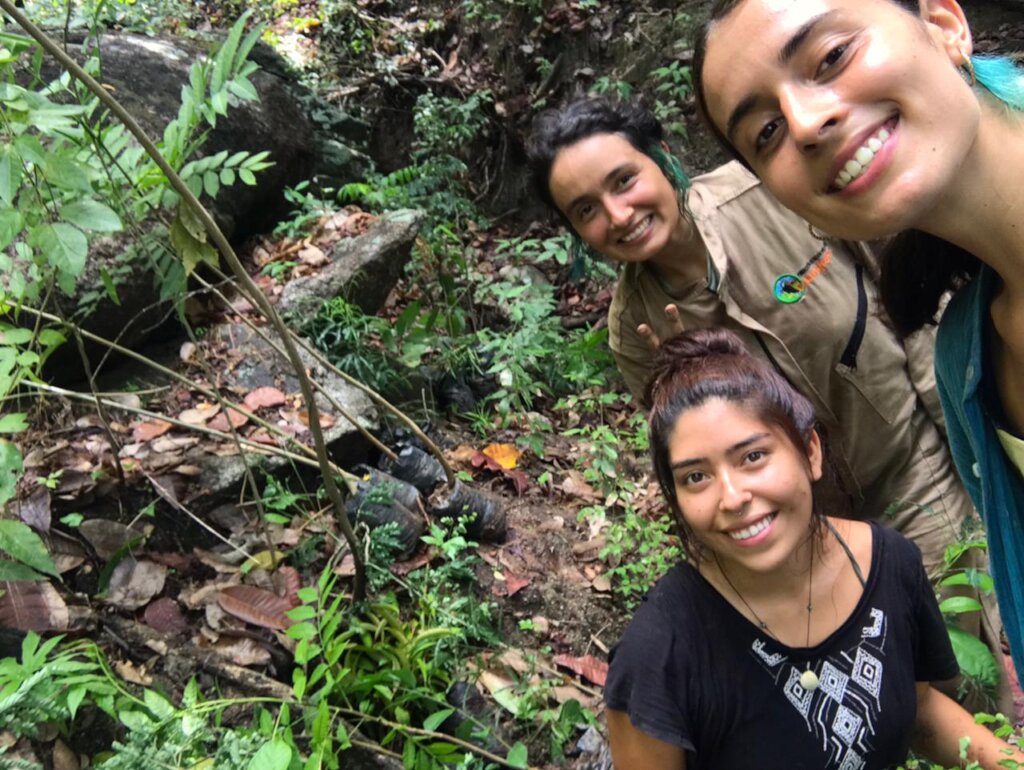By Fulmar | Project leader
Once more we can share accomplishments and this could not be possible if we didn't have our network of supporters. Thanks to all the help we’re receiving we are happy to inform you that these last months we’ve been identifying the places where the endangered species we decided to work with are located, some of them are not difficult to find but some others are really rare and need to be identified by sending samples to botanical organizations since they are not well known. In this phase of our project we will be generating important information on this species and our research intends to contribute to widen their knowledge.
The trees that we’ve planted up to today continue growing and now our work has been focused on looking for the father trees (those that are optimal to be reproduced) to collect seeds and mark their GPS location so we can continue monitoring their state and protect them from being damaged or cut. Our main strategy to guarantee their permanence is by building alliances with locals to protect the remaining trees by means of environmental education, qualification on alternative uses of these and other species from the forests that do not need them to be cut, and conservation agreements among other strategies.
We’ve also finished our first plant nursery and we are already reproducing the species that are in their seed season. We are arranging seed collection walks to do this, and as always we plan to get local communities and organization and institutions involved in this activities. In our nursery we are already working on germinating and taking care of samplings (baby plants), for this purpose we’re having help from our volunteering program and in this way we’re also spreading knowledge on the species we’re working with and the huge importance of the magical ecosystem we take care of: the Tropical Dry Forest (an ecosystem of globally recognized importance).
For the next year rain season we will have several hundreds of trees to start planting in our reserve and neighboring areas, and we will be doing this through planting parties and visits from the neighboring schools and universities so more and more people will be involved in the identification and protection of this ecosystem and its threatened species.
Project reports on GlobalGiving are posted directly to globalgiving.org by Project Leaders as they are completed, generally every 3-4 months. To protect the integrity of these documents, GlobalGiving does not alter them; therefore you may find some language or formatting issues.
If you donate to this project or have donated to this project, you can receive an email when this project posts a report. You can also subscribe for reports without donating.


